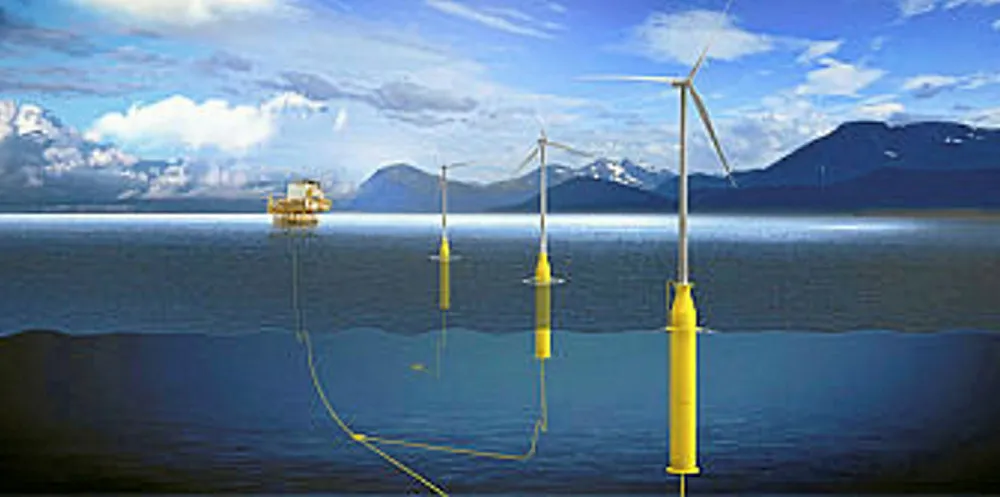Clean-energy-powered oil & gas field operations seeing 'striking pace of growth'
Stakeholder pressure to cut emissions, steeply declining costs for renewables and the industry’s growing familiarity with technologies combining to jump-start market

Stakeholder pressure to cut emissions, steeply declining costs for renewables and the industry’s growing familiarity with technologies combining to jump-start market
